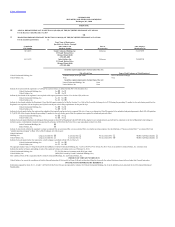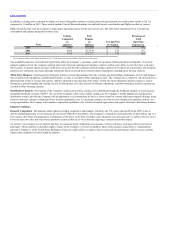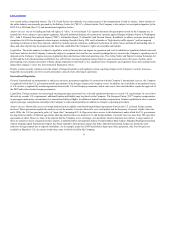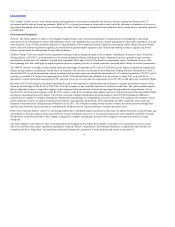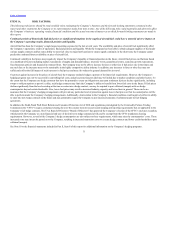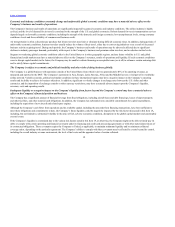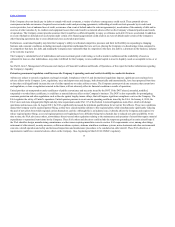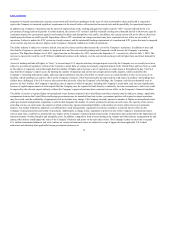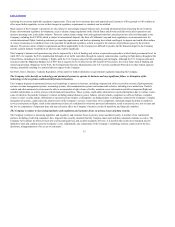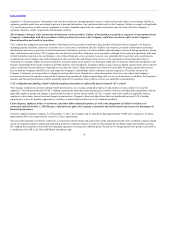United Airlines 2013 Annual Report Download - page 6
Download and view the complete annual report
Please find page 6 of the 2013 United Airlines annual report below. You can navigate through the pages in the report by either clicking on the pages listed below, or by using the keyword search tool below to find specific information within the annual report.
Table of Contents
In addition, excluding miles redeemed for flights on United, MileagePlus members redeemed miles for approximately two million other awards in 2013 as
compared to 1.6 million in 2012. These awards include United Club memberships, car and hotel awards, merchandise and flights on other air carriers.
Fuel. Aircraft fuel has been the Company’s single largest operating expense for the last several years. The table below summarizes UAL’s aircraft fuel
consumption and expense during the last three years.
3,947 $12,345 $ 3.13 34%
4,016 $13,138 $ 3.27 37%
4,038 $12,375 $ 3.06 36%
(a) Calculation excludes special charges identified in Note 17 to the financial statements included in Part II, Item 8 of this report.
The availability and price of aircraft fuel significantly affect the Company’s operations, results of operations, financial position and liquidity. To provide
adequate supplies of fuel, the Company routinely enters into short-term and long-term purchase contracts and has some ability to store fuel close to its major
hub locations. To protect against increases in the prices of aircraft fuel, the Company routinely hedges a portion of its future fuel requirements. The Company
generally uses commonly used financial hedge instruments based on aircraft fuel or closely related commodities including diesel fuel and crude oil.
Third-Party Business. United generates third-party business revenue that includes fuel sales, catering, ground handling, maintenance services and frequent
flyer award non-air redemptions, and third-party business revenue is recorded in Other operating revenue. The Company has a contract to sell aircraft fuel to a
third party that results in revenue and expense, which is unrelated to the operation of the airline. United also incurs third-party business expenses, such as
maintenance, ground handling and catering services for third parties, fuel sales and non-air mileage redemptions, and those third-party business expenses are
recorded in Other operating expenses.
Distribution Channels. The majority of the Company’s airline seat inventory continues to be distributed through the traditional channels of travel agencies
and global distribution systems (“GDS”). The use of the Company’s direct sales website, united.com, the Company’s mobile applications and alternative
distribution systems, provides the Company with an opportunity to de-commoditize its services, better control its content, make more targeted offerings, better
retain its customers, enhance its brand and lower its ticket distribution costs. To encourage customer use of lower-cost channels and capitalize on these cost-
saving opportunities, the Company will continue to expand the capabilities of its website and mobile applications and explore alternative distribution channels.
Domestic Competition. The domestic airline industry is highly competitive and dynamic. Currently, any U.S. carrier deemed fit by the DOT is free to
operate scheduled passenger service between any two points within the United States. The Company’s competitors consist primarily of other airlines and, to a
lesser extent, other forms of transportation. Competition can be direct, in the form of another carrier flying the exact non-stop route, or indirect, where a carrier
serves the same two cities non-stop from an alternative airport in that city or via an itinerary requiring a connection at another airport.
Air carriers’ cost structures are not uniform and there are numerous factors influencing cost structure. Carriers with lower costs may deliver lower fares to
passengers, which could have a potential negative impact on the Company’s revenues. In addition, future airline mergers, acquisitions or reorganizations
pursuant to Chapter 11 of the United States Bankruptcy Code may enable airlines to improve their revenue and cost performance relative to peers and thus
enhance their competitive position within the industry.
6

